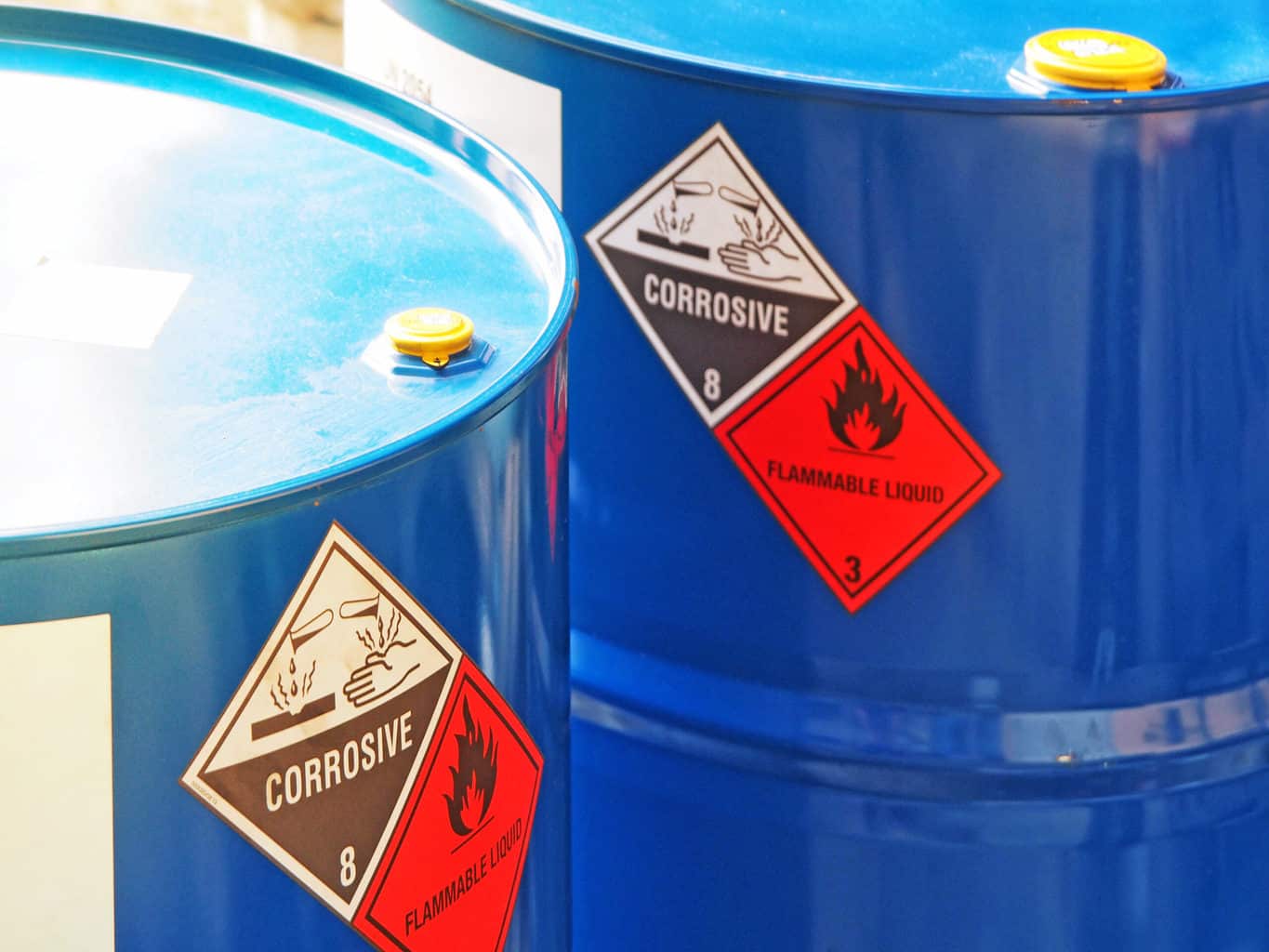Companies that import or manufacture a substance in Great Britain in volumes more than 1 tonne per year must comply with UK REACH requirements for registration. While there are transitional arrangements for substances already on the market before 31 December 2020, companies that import or manufacture ‘new’ substances must meet the requirements set out in REACH Article 26, the so-called Inquiry process.
The Inquiry process is described on the UK HSE website but there is more to understand if you intend to use it for existing substances. For example, what steps should be taken, what are the costs and when will these be incurred?
What is NRES?
New Registration of an Existing Substance (NRES);
- New registration – registration of a substance that has not been placed on the market by that specific company prior to 31 December 2020
- Existing substance – a substance that has already been registered under EU REACH
The NRES is one process described by the UK HSE that implements the requirements under UK REACH Article 26.
UK REACH Article 26
Duty to inquire prior to registration
1. Every potential registrant shall inquire from the Agency whether a registration has already been submitted for the same substance. He shall submit all the following information to the Agency with the inquiry:
(a) his identity as specified in Section 1 of Annex VI, with the exception of the use sites;
(b) the identity of the substance, as specified in Section 2 of Annex VI;
(c) which information requirements would require new studies involving vertebrate animals to be carried out by him;
(d) which information requirements would require other new studies to be carried out by him.
2. If the same substance has previously not been registered, the Agency shall inform the potential registrant accordingly.
3. If there is a previous registration of the same substance that is less than 12 years old, the Agency shall inform the potential registrant without delay of the names and addresses of the previous registrant(s) and of the relevant summaries or robust study summaries, as the case may be, already submitted by them.
A registration of a substance is less than 12 years old if:
(a) in a case where the registration came into existence under Article 127A, the existing EU registration (as defined in Article 127D) began less than 12 years before the potential registrant’s enquiry to the Agency;
(b) in any other case, the registration under this Regulation began less than 12 years before the potential registrant’s enquiry to the Agency
Studies involving vertebrate animals shall not be repeated.
The Agency shall simultaneously inform the previous registrants of the name and address of the potential registrant. The available studies shall be shared with the potential registrant in accordance with Article 27.
4. If several potential registrants have made an inquiry in respect of the same substance, the Agency shall inform all potential registrants without delay of the name and address of the other potential registrants.
Regulation (EC) 1907/2006 as amended by Statutory Instrument 2019 No. 758
What is the NRES process?
It is an Inquiry followed by a registration. Here is an outline of the Inquiry process steps;
- Obtain appropriate substance identity data
- Compile an Inquiry dossier in IUCLID
- Create a ‘Comply with UK REACH‘ account
- Submit the Inquiry dossier to the UK HSE via Comply with UK REACH
The UK HSE may process Article 26 Inquiries within 10-15 working days of their submission. Once the applicant has received a successful outcome from their Inquiry they can then submit a registration dossier.
Here is an outline of the registration process that follows a successful Inquiry;
- Up-issue the Inquiry dossier into a registration dossier, including information on;
- Volumes
- Technical function
- Uses
- Sufficient data to meet the information requirements
- Submit the registration dossier via Comply with UK REACH
- Pay the UK REACH registration fees
At the time of writing, registrants may not be able to include data to fulfil the information requirements. For now, the registration dossier should include a waiver statement that explains why the registrant is not currently able to get the information, that they will make every effort to negotiate with the other members of the Substance Group and will either provide the data themselves as lead registrant or will become a member of the joint registration.
Once the registration fee is paid, the UK HSE will undertake a completeness check of the dossier within three weeks. If you do not hear anything to the contrary within this three week period, then you can assume that the substance is registered and import at or above 1 tonne per year can begin.
Companies should be able to continue import and manufacture without further action until the appropriate registration deadline.
| Deadline | Tonnage | Hazardous property |
| 28th October 2023 | 1000 tonnes or more per year | Carcinogenic, mutagenic or toxic for reproduction (CMRs) – 1 tonne or more per year Very toxic to aquatic organisms (acute or chronic) – 100 tonnes or more per year Candidate list substances (as at 31st December 2020) |
| 28th October 2025 | 100 tonnes or more per year | Candidate list substances (as at 27th October 2023) |
| 28th October 2027 | 1 tonne or more per year |
What are the costs?
Visit our main article to find out more details on UK REACH registration costs.
| Cost Item | Inquiry process | Registration process | Comments |
| Substance identity data | Below £500 to more than £1,500, depending on substance | None | |
| Information requirements | None | Applicable once data becomes available, can be from below £1,000 to more than £25,000 | |
| UK HSE Fees | None | Below £50 to more than £29,000, depending on tonnage and company size | Use our fee calculator |
| Your time | 5 to 10 hours | 10 to 15 hours |
Summary
Companies that wish to be compliant with UK REACH and begin manufacturing or importing new substances into GB in volumes above 1 tonne per year must follow the NRES process. This requires submission of an Article 26 Inquiry, followed by the submissions of a registration dossier (with the wavier statement) and then payment of the registration fee.
Additionally, the registrant will need to obtain the relevant data ahead of the appropriate registration deadline to allow manufacture or import after that deadline.
Need help with chemical legislation compliance?
Speak with a regulatory expert for FREE.






